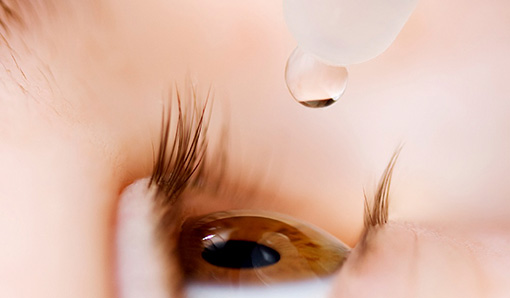Treatment Options
Dry Eyes was once considered little more than a minor nuisance, with standard lubricating eye drops commonly prescribed that provided only temporary relief. Research in recent years has revealed that Dry Eye Disease is far more complex to treat than originally thought.
At Dry Eye Institutes of America™ we realized this early on. Which is why we developed a series of treatment protocols that can be customized to your specific condition. This allows your doctor to design the most appropriate treatment plan for you. We make it easy to follow, and use only proven treatment options. We also help you carefully manage your treatment to ensure optimum, lasting, day-to-day relief of your particular symptoms.

Artificial Tear Drops, Ointments & Gels
Artificial tears are a common very effective treatment, and there are many types we can prescribe depending on your severity. Ointments, gels and viscous (thick) artificial tears are primarily prescribed for night time use. This is because they adhere better to your eyes and allow you to remain functional during the day.
LipiFlow
LipiFlow is a medical device designed for treating Evaporative Dry Eye. The most common type of Dry Eye Disease, Evaporative Dry Eye happens when your tears unnaturally evaporate due to inflammation of the meibomian glands. With minimal or no discomfort, gentle pressure and controlled warmth are applied to unclog blocked glands and help prevent evaporation.
Prescription Medications & Nutraceuticals
Depending on your condition, our doctors may recommend oral or ophthalmic medications and proven nutraceuticals. In some cases, we may recommend in-home remedies (like warm compresses) to coincide with other treatments.
Restasis
Restasis is an FDA approved eye drop for patients with chronic Dry Eyes, and the first eye drop of its kind. Restasis is very different than artificial tears. With continued use, Restasis actually increases your eyes’ ability to produce their own tears.
Punctal Plugs
You have tear ducts in your upper and lower eyelids with tiny openings called Lacrimal Puncta that drain tears from your eyes. Too much drainage makes your eyes physically dry because they aren’t getting proper moisture. Punctal plugs are inserted into your tear ducts to block this extra drainage, typically when prescription and nonprescription eye drops aren’t enough.
